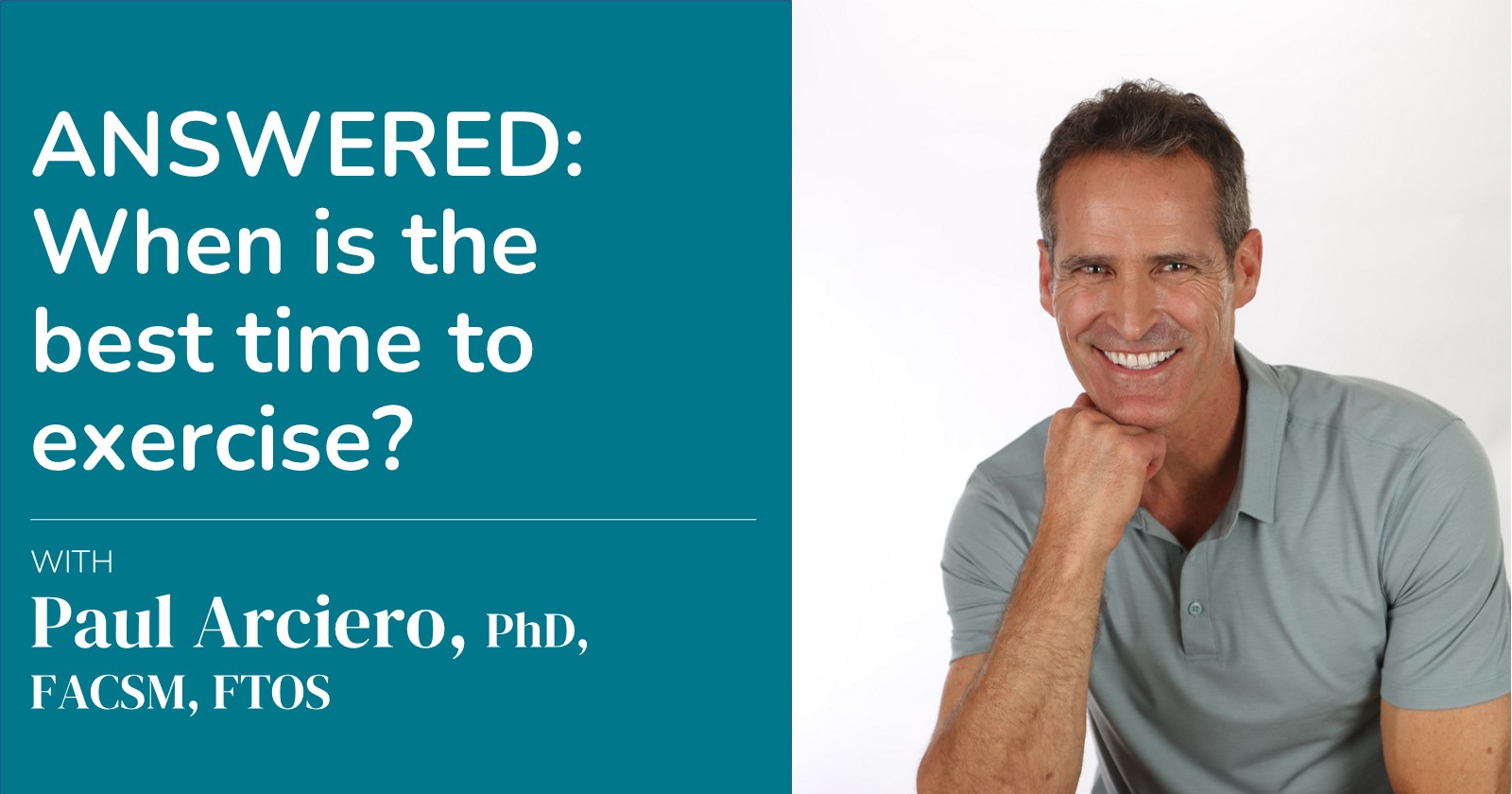AMPED™ Power uniquely combines three synergistic actives in the formula: Nitrosigine™, citrulline, and creatine monohydrate. This wasn’t by mistake, as we are always looking for safe, effective, and scientifically validated actives in our products.
These ingredients have well over 1,000 peer-reviewed scientific publications supporting them. However, we noticed at our Ask the Nutritionist booth during Isagenix Celebration 2015 that folks still had questions surrounding their use.
Here are some of the most frequently asked questions we have received concerning AMPED Power:
1. What’s in AMPED Power?
AMPED Power is a proprietary pre-workout formula designed to provide energy, increase focus, reduce fatigue, improve blood flow, and accelerate gains in strength, power, and muscle mass. We made sure to include Nitrosigine, which is a new and exciting supplement that dramatically increases nitric oxide production in blood vessels. Nitric oxide increases blood flow, which improves oxygen and nutrient delivery to muscles. Multiple human studies have shown great improvements in markers of performance improvements, making Nitrosigine a great addition to any routine (1 – 3). Next we added citrulline, which is naturally derived from watermelon and has been demonstrated to increase blood flow and help trigger protein synthesis important for muscular recovery (4). Finally, we added creatine monohydrate, which is the most commonly researched sport supplement and is actually a naturally occurring molecule produced by the human body. Most of us consume creatine on a daily basis through regular dietary intake of meat, fish, and vegetables.
2. How Does AMPED Power Work?
The active ingredients found in AMPED Power work together to increase blood flow and nutrient delivery to muscles, boost athletic performance, and aids in muscle contraction. Taken 15 to 45 minutes before your workout, Nitrosigine begins increasing available arginine in the blood stream to support production of nitric oxide, which is released in the tissues of blood vessels and causes them to increase in diameter (called vasodilation). This causes increases in blood flow that can help improve oxygen and nutrient delivery to muscles. The more nutrients that can be effectively delivered to working muscles, the more support to intense training, which can aid in recovery, thereby boosting training gains.
Citrulline brings additional support to nitric oxide production and blood flow as well. The nitric oxide production boosts athletic performance by increasing blood flow and the delivery of oxygen and nutrients to muscle during activity, and improves cognitive performance by increasing blood flow to the brain (4).
Creatine’s main function is to increase the availability of cellular energy known as ATP, or adenosine triphosphate. Muscle relies on ATP to cause contractions. ATP regeneration dictates strength and duration of muscle contraction. This translates into increased energy and a delay in fatigue, adding to the amount of time spent training.
3. How Much AMPED Power Should I Use?
AMPED Power has a different effect on different types of athletes. Vegetarians, females, and older individuals should take one dose of AMPED Power before training. If training twice per day, two doses is suggested, as long as those doses are separated by four hours. Be sure to take 15 to 45 minutes prior to training to ensure peak blood flow levels.
4. Is AMPED Power OK to use on Cleanse Days?
Yes, however, as with Replenish, it’s intended for use only if exercising.
5. Who Should use AMPED Power?
Simply, anyone looking to increase endurance, lean body mass, boost strength, and increase performance should supplement with AMPED Power. The actives in AMPED Power are some of the most effective natural dietary supplements for enhancing gains in performance as well as increasing lean body mass and muscle fiber size. Endurance athletes, in particular, can greatly benefit from AMPED Power when it’s used for increased blood flow to bring more oxygen and nutrients to working muscles.
6. Can AMPED Power Help you Lose fat?
Interestingly, AMPED Power can help you gain and retain metabolically active lean muscle tissue, which makes it an indirect fat burner. The more muscle you have on your body, the harder you can train, and the more calories you can burn both during and after your training sessions. Plus, it also helps elevate your metabolism more directly, through its hydration and improved blood flow properties.
7. Do I Need to Cycle AMPED Power?
Most people don’t have to worry about this issue. Regular use of AMPED Power has many benefits on performance.
8. Does AMPED Power Make you Retain Water?
The actives in AMPED Power help hydrate your muscle cells and deliver nutrients, which is good for performance. This can, however, give you a slightly higher body weight. So weight-class athletes such as boxers or wrestlers may need to cycle off from time to time—especially four to six weeks before a competition. Otherwise, AMPED Power does not cause bloating. Consume plenty of water to ensure proper hydration and a healthy and optimally functioning digestive system.
9. Is AMPED Power Safe for Women?
Absolutely. Both Nitrosigine and citrulline have reported no adverse events in the many studies conducted on them. Furthermore, creatine is one of the most thoroughly researched compounds, and has no noted adverse side effects with proper supplementation in healthy individuals (5-10). Yes, women looking to have better performance and a more defined and toned body can safely take AMPED Power too (11).
10. Is the Creatine Found in AMPED Power a Steroid?
No! Creatine has no relation to steroid hormones. Creatine is a tripeptide compound, made up of three amino acids (L-arginine, L-glycine, and L-methionine) naturally found in the diet. It does not possess the steroid backbone and does not fall into the scientific definition. It’s not illegal nor does it influence hormones nearly as much as the above-mentioned “steroid” compounds.
By all definitions, creatine is not a steroid. If anything, creatine can be viewed as more of a vitamin because it is found in some foods. creatine performs more like a vitamin than a steroid in the body.
References
- Kalman, D., Feldman, S., Samson, A., & Krieger, D. (2014). A clinical evaluation to determine the safety, pharmacokinetics and pharmacodynamics of an inositol-stabilized arginine silicate dietary supplement in healthy adult males (LB418). The FASEB Journal, 28(1 Supplement), LB418.
- Komorowski, J., Rood-Ojalvo, S., & El-Sohemy, A. (2015). Arginine Silicate Supplementation Decreases Markers of Cardiovascular, Renal and Metabolic Dysfunction and Increases Markers of Vasodilation and Cardiovascular Health in Healthy Adult Males. The FASEB Journal, 29(1 Supplement), 748-2.
- Rood-Ojalvo, S., Sandler, D., Veledar, E., & Komorowski, J. (2015). The benefits of inositol-stabilized arginine silicate as a workout ingredient. Abstract International Society of Sports Nutrition.
- Pérez-Guisado J, Jakeman PM. Citrulline malate enhances athletic anaerobic performance and relieves muscle soreness. J Strength Cond Res 2010;24:1215-22.
- Groeneveld, G. J., Beijer, C., Veldink, J. H., Kalmijn, S., Wokke, J. H. J., & Van den Berg, L. H. (2005). Few adverse effects of long-term creatine supplementation in a placebo-controlled trial. Int J Sports Med. 26(4), 307-313.
- Greenwood, M., Kreider, R. B., Melton, C., Rasmussen, C., Lancaster, S., Cantler, E., … & Almada, A. (2003). Creatine supplementation during college football training does not increase the incidence of cramping or injury. Mol Cell Biochem. 244(1-2), 83-88.
- Lopez, R. M., Casa, D. J., McDermott, B. P., Ganio, M. S., Armstrong, L. E., & Maresh, C. M. (2009). Does creatine supplementation hinder exercise heat tolerance or hydration status? A systematic review with meta-analyses. J Athletic Training. 44(2), 215.
- Greenwood, M., Kreider, R. B., Greenwood, L., & Byars, A. (2003). Cramping and injury incidence in collegiate football players are reduced by creatine supplementation. J Athletic Training, 38(3), 216.
- Shao, A., & Hathcock, J. N. (2006). Risk assessment for creatine monohydrate. Regulatory Toxicology and Pharmacology, 45(3), 242-251.
- Bender, A., Samtleben, W., Elstner, M., & Klopstock, T. (2008). Long-term creatine supplementation is safe in aged patients with Parkinson disease. Nutr Res. 28(3), 172-178.
- Branch, J. D. (2003). Effect of creatine supplementation on body composition and performance: a meta-analysis. Int J Sport Nutr and Exer Metab. 13, 198-226.





